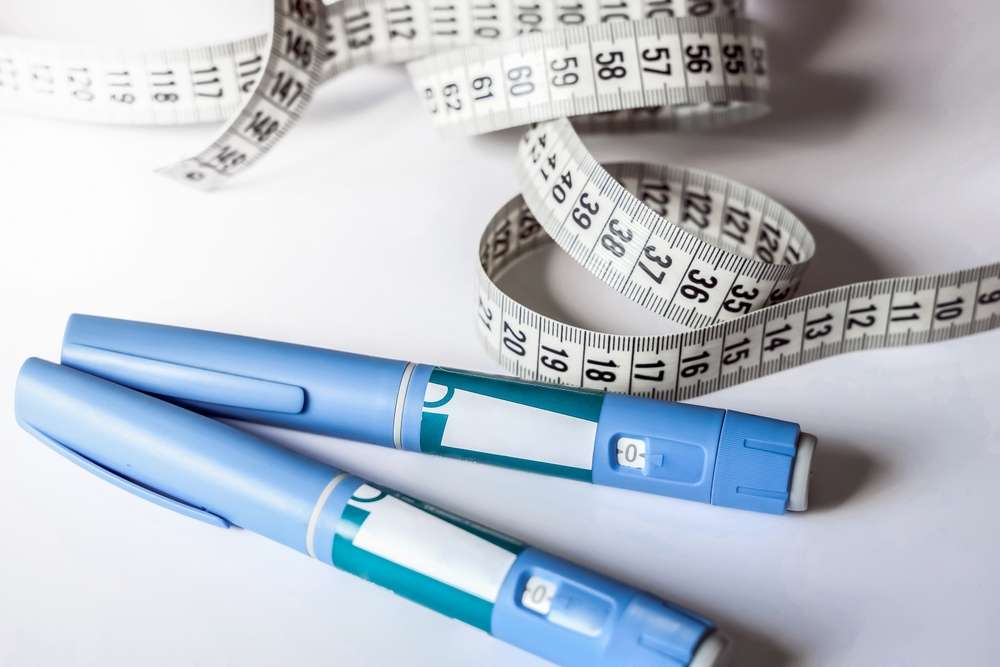How To Choose The Right Cosmetic Breast Implant : Tips And Things To Avoid In 2025
Selecting the right breast implants involves understanding various types, materials, and surgical considerations. With multiple options available in 2025, making an informed decision requires careful evaluation of your goals, lifestyle, and medical history. This comprehensive guide explores the essential factors to consider, common mistakes to avoid, and practical tips to help you navigate this important decision with confidence and clarity.

Breast augmentation remains one of the most popular cosmetic procedures worldwide, with technological advances continuing to improve safety and results. Making the right choice requires understanding the different implant types, considering your individual needs, and avoiding common pitfalls that could lead to unsatisfactory outcomes.
What Kinds of Breast Implants Are There and What Are The Differences Between Them?
Breast implants fall into two main categories based on their filling material: saline and silicone gel implants. Saline implants contain sterile salt water and can be adjusted during surgery for perfect symmetry. They require smaller incisions since they’re filled after placement, but may feel less natural and have a higher risk of visible rippling.
Silicone gel implants contain a cohesive silicone gel that closely mimics natural breast tissue. They typically provide a more natural feel and appearance, with less risk of rippling. However, they require larger incisions and regular MRI monitoring to detect potential silent ruptures.
Shape options include round and teardrop (anatomical) implants. Round implants provide fullness in the upper breast area and maintain their shape regardless of rotation. Teardrop implants offer a more natural slope, mimicking the breast’s natural contour, but require precise positioning to avoid asymmetry.
Surface textures vary between smooth and textured implants. Smooth implants move freely within the breast pocket, while textured surfaces are designed to adhere to surrounding tissue, potentially reducing capsular contracture risk but carrying a small risk of rare lymphoma.
Tips for Choosing The Right Cosmetic Implants
Consider your body frame and existing breast tissue when selecting implant size. A qualified plastic surgeon can help determine appropriate dimensions based on your chest width, shoulder breadth, and skin elasticity. Trying on different sizes using external sizers during consultation provides valuable insight into potential outcomes.
Lifestyle factors significantly influence implant selection. Active individuals may prefer smaller, lighter implants that won’t interfere with physical activities. Consider your clothing preferences, professional requirements, and long-term aesthetic goals when making size decisions.
Incision placement affects scarring and surgical approach. Options include inframammary (under the breast), periareolar (around the nipple), and transaxillary (through the armpit). Each approach has advantages and limitations regarding scarring visibility, surgical access, and future revision possibilities.
Implant placement above or below the chest muscle impacts appearance and recovery. Submuscular placement often provides more natural-looking results, especially in women with minimal breast tissue, but involves longer recovery. Subglandular placement offers shorter recovery but may increase visibility of implant edges.
Things to Avoid When Choosing Breast Implants
Avoid choosing implants based solely on cup size goals. Bra sizing varies significantly between manufacturers, and implant volume doesn’t directly correlate to cup sizes. Focus on measurements and proportions rather than achieving a specific letter size.
Don’t rush the decision-making process. Take time to research surgeons, understand different options, and consider long-term implications. Impulse decisions often lead to dissatisfaction and costly revision surgeries.
Avoid prioritizing cost over quality and safety. While budget considerations are important, choosing the cheapest option may compromise results and safety. Research surgeon credentials, facility accreditation, and implant quality rather than focusing solely on price.
Don’t ignore the importance of realistic expectations. Review before-and-after photos of patients with similar body types and understand that results vary based on individual anatomy, healing, and implant characteristics.
| Implant Type | Average Cost Range | Key Characteristics |
|---|---|---|
| Saline Implants | $3,000 - $5,000 | Adjustable size, smaller incisions, less natural feel |
| Silicone Gel Implants | $4,000 - $7,000 | More natural feel, requires MRI monitoring |
| Gummy Bear Implants | $5,000 - $8,000 | Highly cohesive gel, maintains shape, longer-lasting |
| Round Implants | $3,500 - $6,500 | Fuller upper breast, rotation doesn’t affect appearance |
| Teardrop Implants | $4,500 - $7,500 | Natural slope, requires precise positioning |
Prices, rates, or cost estimates mentioned in this article are based on the latest available information but may change over time. Independent research is advised before making financial decisions.
Research your surgeon’s credentials thoroughly, including board certification, specialized training, and experience with breast augmentation. Review patient testimonials, before-and-after galleries, and facility accreditation to ensure you’re choosing a qualified professional.
Understand the long-term commitment involved with breast implants. They’re not lifetime devices and may require replacement or revision surgeries over time. Factor in potential future costs and procedures when making your initial decision.
Consider timing carefully, allowing adequate recovery time for your lifestyle and commitments. Plan surgery when you can take appropriate time off work and avoid strenuous activities during the healing process.
Selecting the right breast implants requires careful consideration of multiple factors, from implant type and size to surgeon selection and realistic expectations. By understanding your options, avoiding common mistakes, and prioritizing safety over cost, you can make an informed decision that aligns with your goals and lifestyle. Remember that this is a significant medical procedure requiring thorough research and consultation with qualified professionals.
This article is for informational purposes only and should not be considered medical advice. Please consult a qualified healthcare professional for personalized guidance and treatment.




